Greek Trireme
I first seen inverted bows on the ancient Greek and Roman warships, their offensive weapons was the reinforced bow and it had a bronze ram that would be used to strike the opposing ship amidship below the waterline to sink it. The Ancient ships also had archers, and other melee weapons to prevent their ship from being boarded.
Since then, when sail became the prevalent modes of movement and ships relied less on slaves and oars, the ship designed changed to the raked bow for added speed and efficiency.
The epitome of sail and speed. The American Clipper ship.
Rams and inverted bows started making an appearance during the War against Northern Aggression, er the War between the States er known as the American Civil War.
The Confederate warship C.S.S Virginia was built on the hull of the U.S.S. Merrimac that was at Norfolk Virginia when Virginia seceded from the Union and the confederates seized the U,S Naval yard. The crew was unable to sail the Merrimac out of the harbor so they torched the ship to prevent capture. The Confederates raised the hull and designed a while new warship and they used the ram and the low profile because they hoped technology would give them an edge against the much larger federal navy. The C.S.S. Virginia was equipped with armor and the low design was to make the ship harder to hit with the guns of the times. The ship also had a ram on the front of the ship to puncture the federal ships below the waterline. The Virginia handled poorly and wasn't fast, the damaged engines from the Merrimac never developed full power due to the immersion of the sea while the ship was submerged. But with the sloped armor, it was impregnable to the cannons on the federal ships.
The Battle of Hampton Roads.
After the Virginia successfully attacked the blockade squadron and sank the U.S.S. Cumberland and it shocked the world, the cannonshots bounced off the hull of the Ironclad and she rammed the Cumberland like the ancient Greek Triremes of old. The North had heard of the Ironclad being build and an eccentric inventor presented an idea for a new kind of warship that was all iron and steam powered. The ship was build and the design was totally unlike any ship built before and was nicknamed "Erickson's folly". The North rushed the ship down to Hampton Roads to save the blockade fleet. The U.S.S. Monitor arrived a day late and stopped the Virginia from going after the rest of the ships of the flotilla. Tactically it was a draw, but strategically it was a Union Victory. The design of the Confederate Ironclad harkens back to a design of old.
U.S.S. Olympia berthed in Philadelphia as a museum ship, shows the Inverted Bow that was prevalent for the times.
When one thinks of the bow on a warship, they typically think of the traditional raked bow that However, a lesser known bow was a common sight on warships during the late 19th century and early 20th century. This was the inverted bow, also known as the reverse bow or ram bow. Due to its bizarre appearance, being almost a polar opposite from a traditional raked bow, the reverse bow is relatively unknown. In this article we will describe the benefits of this peculiar bow, why it was used, and why it eventually went away.
Simply put, an inverted bow is a bow where the farthest point is not the top as in a traditional bow, but rather at the vessel’s waterline. Inverted bows evolved from the earlier axe bow (A bow that’s farthest point is near identical throughout the entire height of the bow) that equipped a majority of the earliest steam powered ships. The Inverted bow added several advantages over the axe bow that we will look at below.
Inverted bows can improve a ship’s performance in several ways. All of which were largely due to hydrodynamic reasons.
First and foremost, inverted bows maximize a ship’s length, improving its length to beam ratio. A higher length to beam ratio often directly translates into a higher speed. Ships, especially larger ships with displacement hulls, must move their bulk through water. Drag caused by the hull can sap performance. However, water flows around a longer, thinner hull much more easily as it produces a lot less drag than a shorter, beamier hull. Inverted bows added an extra bit of length to the hull, reducing drag and increasing performance
Due to their design, inverted bows also have a finer shape forward, letting them cut through the water easier. As a ship moves through the water, it creates a wave of water at the front of the hull. The larger the ship, the larger the wave. The larger the wave, the more energy it takes to push it. Thus, these bow waves rob power from the ship, adding weight that it must push. An inverted bow can more easily cut through this wave rather than push it along. It is for this reason that inverted bows typically produce a much smaller bow wave compared to traditional ones.
As we saw above, inverted bows help increase the efficiency of a ship’s hull. This was important during the late 19th Century and early 20th Century. Ships were getting larger and faster, but powerplants struggled to make the needed power to push these ships through the water. A powerplant alone might not have the power needed to propel a hull through the water at a desired speed, but the addition of an inverted bow might be enough to increase the efficiency of the hull, reducing the power needed to achieve the required speed. In short, they helped compensate for weaker engines and less efficient hulls.
The second downside to an inverted bow is that it makes for an extremely wet ship. Traditional raked bows can help direct spray outwards and away from the ship, helping to keep it drier. Due to the design, inverted bows have none of this capability. Water and spray can easily travel over an inverted bow and directly on deck, shipping a substantial amount of water onto the vessel. This is made even worse by the fact that inverted bows tend to push down into the water, increasing the amount of water thrown onto the ship.
It was the quest for a dryer, more seaworthy ship that saw the demise of inverted bows. Water had already posed a problem for metal warships due to corrosion or even interfering with the warship’s operation. In the early 20th Century, warships were becoming more advanced and started to carry more delicate equipment for purposes such as fire control. Throwing excess amounts of water onto this equipment caused severe problems. To remedy this issue, warship designers soon began equipping their designs with more aggressive bows featuring a more raked stem and greater flaring (Examples: American Clipper bow or German Atlantic bow).
Though it looked as if inverted bows had disappeared into the history books, they have begun making a slight comeback in modern warship design. I wonder what the Radar Profile would look if they employed modern material on the CSS Virginia design, how it would fare?





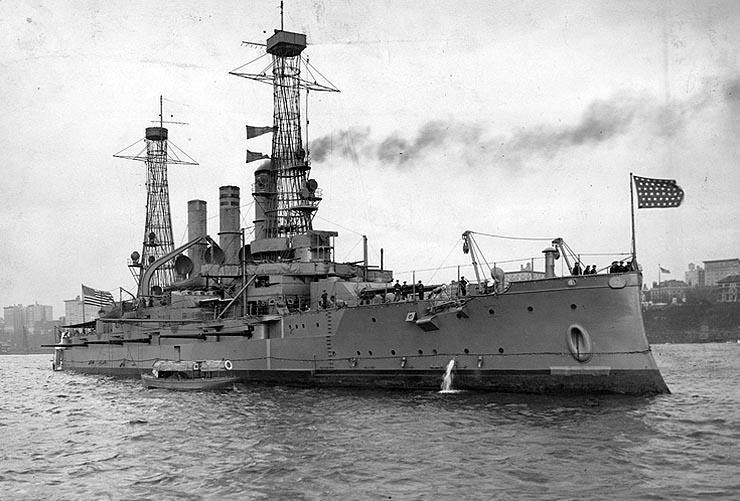
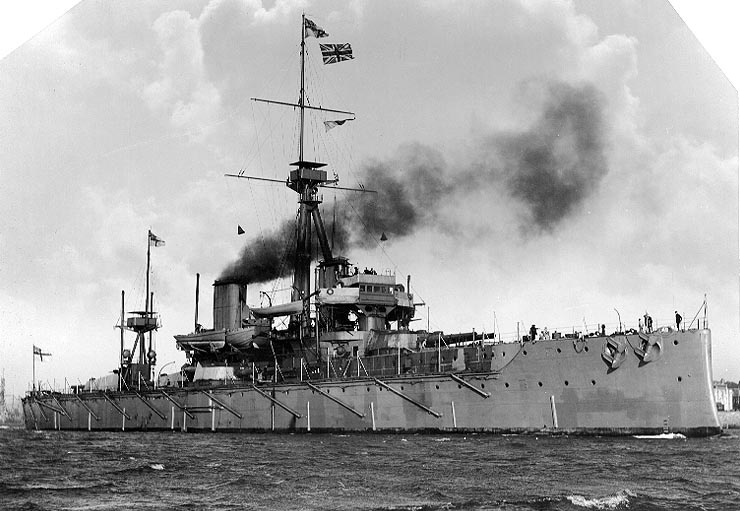
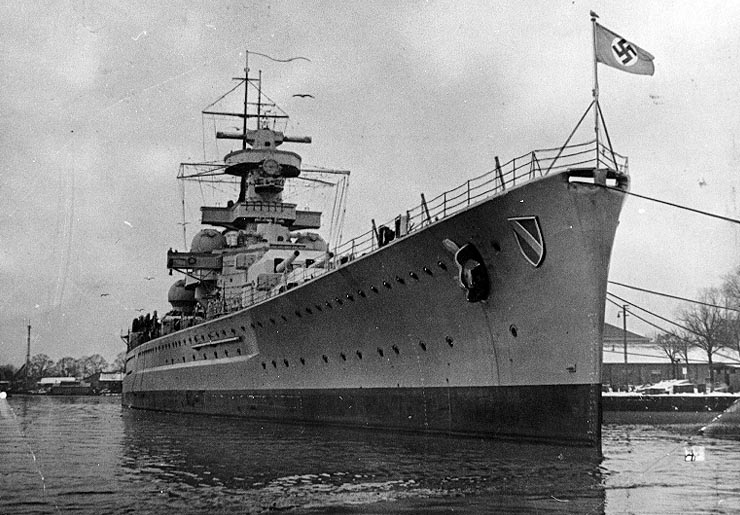
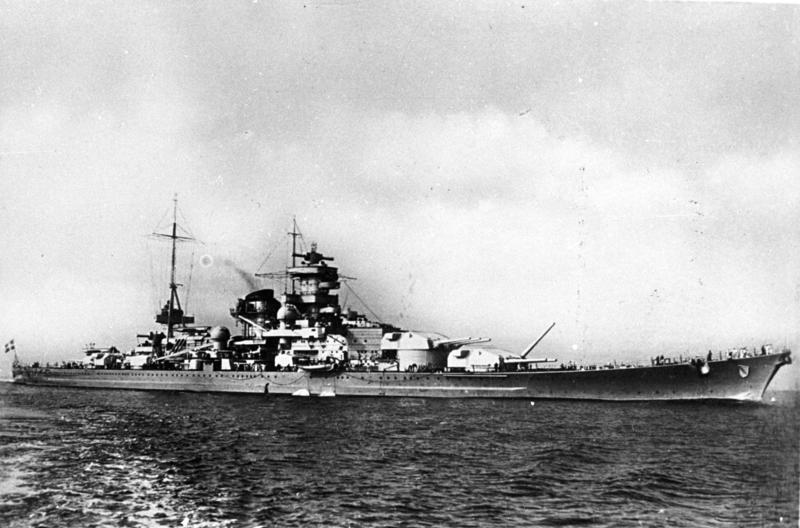
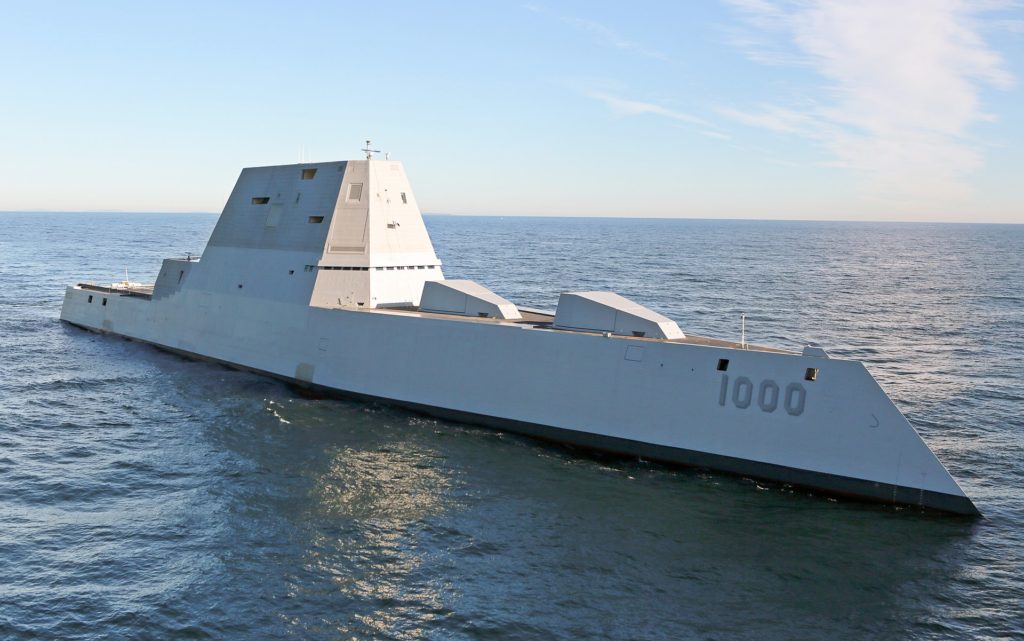
The bigger issue is the tumblehome design on Zumwalt and the impact of following quartering seas... Sigh...
ReplyDeleteHey Old NFO;
DeleteMan I had to google "tumblehome" design. I have seen it but never knew that there was a name for it.
These 'reverse bows' have been on racing catamarans and are now offered by some production builders on cruising (power and sail) catamarans. These bow plans are known as 'wave piercing'. A wet deck is not much more than inconvenient but for leisure cruising presents quite a problem.
ReplyDeleteDepending on sea state, a crew can find these bows a handful for they require different handling because they dictate how the hull moves through the water, more importantly; how not. Another thing is that the hull which features such bows will likely be equipped with other high performance rigs. This all adds up to the crew being not only proficient but constantly alert. It is fun when all goes well, a complete cluster when it doesn't. Those states are interchangeable in a wink for the wave piercing bow brings forth a narrow envelope of best performance.
I reckon the above is moot when the ratio of displacement/waterlength exceeds some number, a number found in the design of, say the Zumwalt class.
ReplyDeleteOne of the other reasons for a cutaway or "ram" bow was to avoid blast damage
ReplyDelete